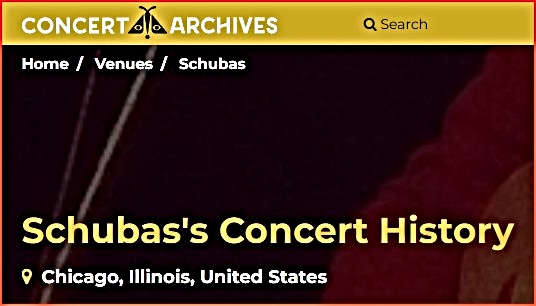Brewing companies soon realized that tied houses were a very profitable way to dump their product on the [thirsty] population. During the 1890’s, the number of saloons in Chicago increased dramatically. This led to increased competition and price wars among breweries. However, the cutthroat competition among the breweries had an adverse effect on its' customers, and served to tarnish the respectability the industry had achieved during the 1870’s. To quote the Associated Beer Distributors of Illinois; “pressure was exerted on retailers to maximize sales without regard to the well-being of customers or the general public.
According to Chicago Patterns an 'independent shopkeeper or saloonkeeper,
the brewing companies possessed substantially larger budgets for acquiring
prime real estate and to build high-quality buildings. In the hands of brewers,
the common “store and flat” building was elevated through well-designed
architecture to attract customers and to promote the brewer’s brand. The
possibility also cannot be excluded that brewers employed attractive, and
sometimes cheerfully picturesque, architecture to deflect criticism from their
“dry” opponents who saw the saloon as a moral threat.'






The Transition from Leo's


below photo -Harmony Grill

2018 renderings - Southport Corridor News & Events
1891-1961
Chicago, Milwaukee & St. Paul railroad tracks
4 images - Ebay
embedded in the renovated building
photos - Forgotten Chicago


This building is listed in the National Registry
photos - Bob O Walesa

Craft & Micro Brewers
The beer, the people, and the purpose of the brewery itself define a craft brewery, rather than merely a measure of size and distribution; while a microbrewery is defined solely by the quantity of beer it produces each year.
A microbrewery is best compared to a macro brewery, for both the terms differentiate the breweries based on production amount. Craft beer on the other hand is a product, not a measure of size. The misconception occurs when some beer drinkers assume because a microbrewery is small in size they are using craft ingredients, which as we have just shown is not always the case. - Craft Beer Club
Goose Island Wrigleyville Brewpub

"Goose Island Wrigleyville has been on a month to month lease with Midway Holdings, our landlord, since February, 2014," Hall said. "Midway Holdings owns a large collection of properties, including the Goose Island location on Clark Street, across Addison Street from Wrigley Field and has been working on a redevelopment plan for the past 2-3 years. That is the reason for the closing, the landlord would not guarantee that the lease would not be terminated before October 2015, the end of the 2015 baseball season."
The Addison & Clark (Addison Park on Clark) planned development has been in
the works for years, and developers made several changes to the plan before the
city approved it last October. The $140 million development will bring an
8-story mixed-used building with 148 rental units, nearly 170,000 square feet
of retail and 493 parking spaces to Clark Street south of Addison.
Post Notes:
Northside Micro-Breweries


















































































































































No comments:
Post a Comment
Email me at lvhistorical@gmail.com